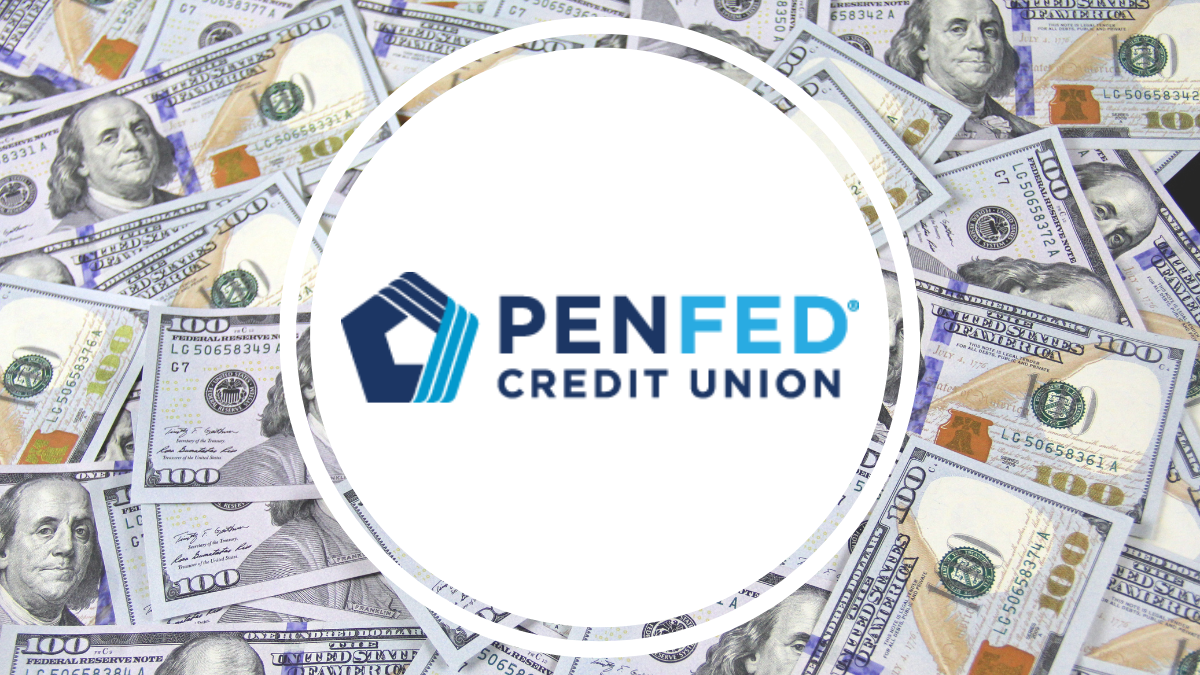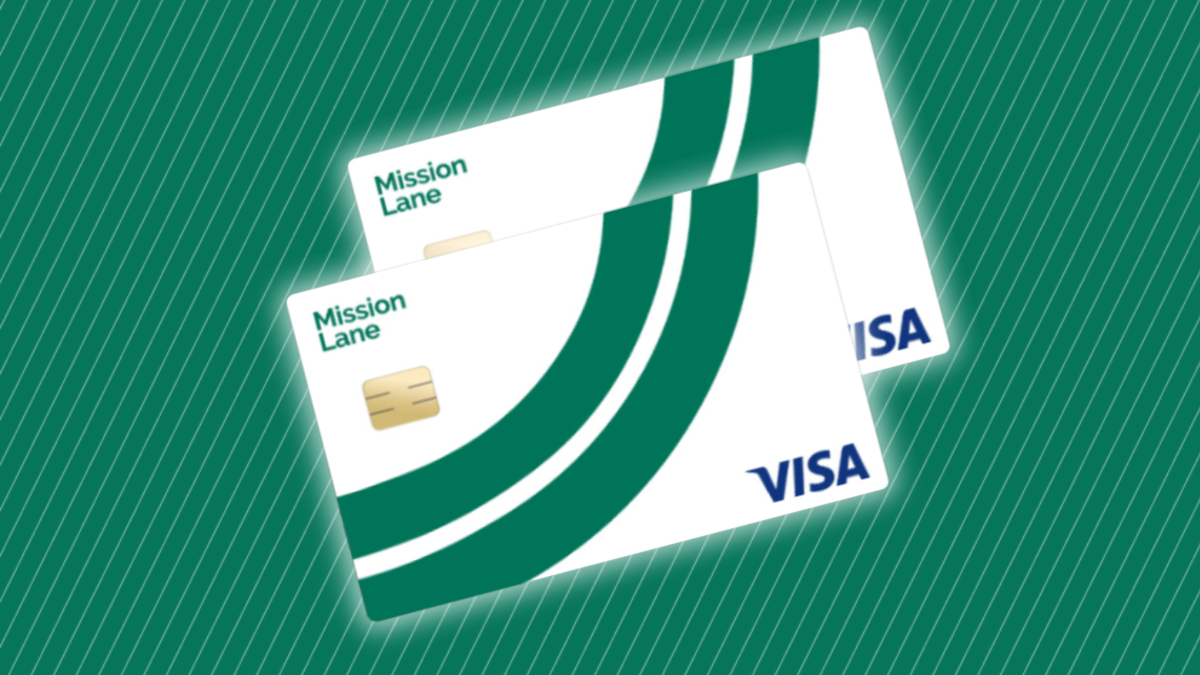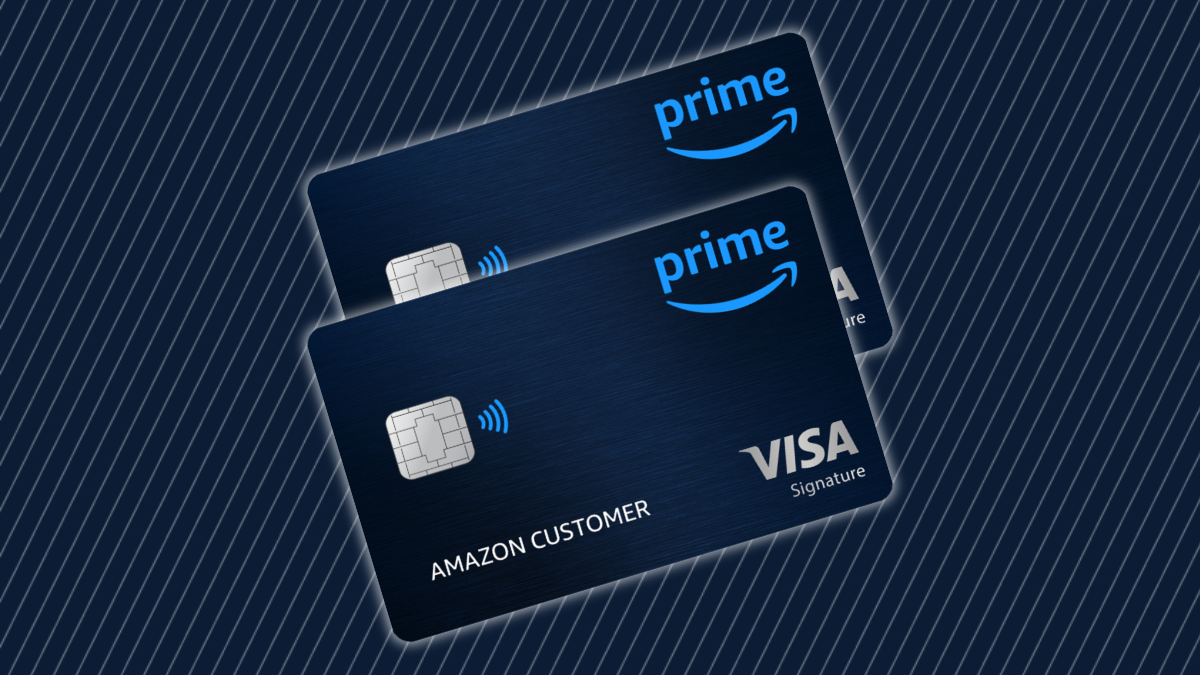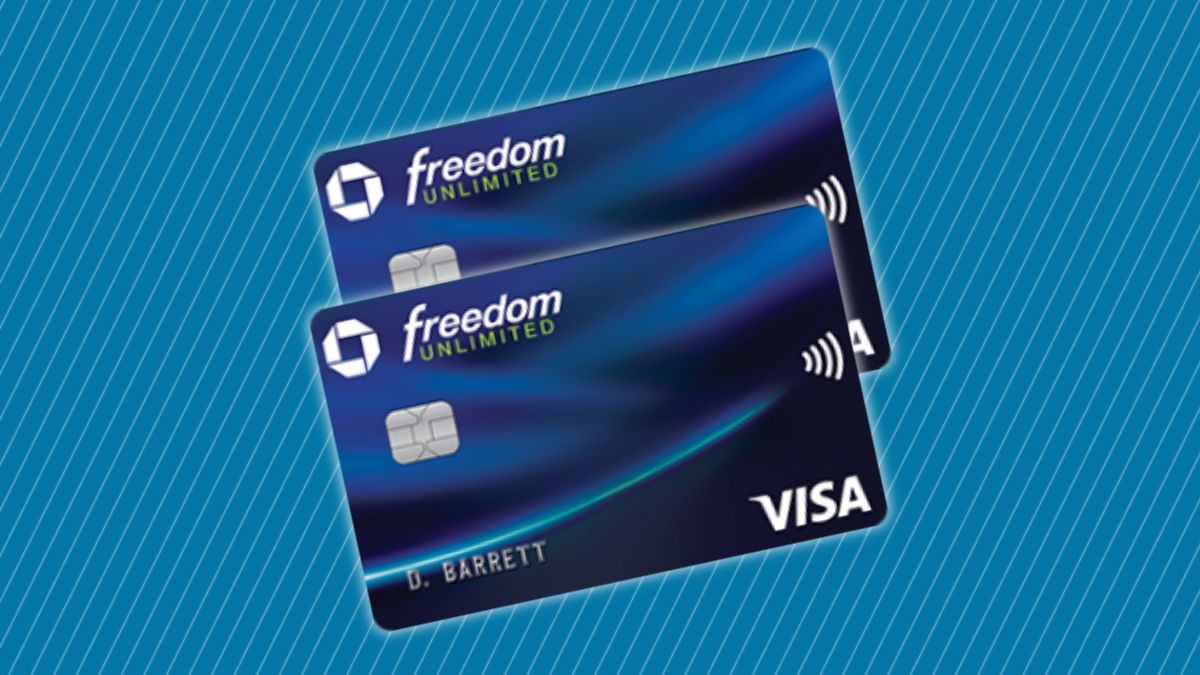Finances
Student Loan Debt Solutions: Strategies for Managing and Reducing Your Debt
Uncover practical approaches for handling and diminishing your student loan debt to attain financial liberation.
Advertisement
Strategies for minimizing your educational loan burden

The formidable specter of student loan debt looms over numerous individuals in the United States, presenting a significant apprehension. In the year 2022, the collective burden of outstanding student loan debt in the country exceeded a staggering $1.7 trillion, showing no indications of relenting.
Many people struggle to make their monthly payments and are looking for solutions to alleviate their financial burden.
Thankfully, individuals grappling with the challenges of student loan debt have a variety of avenues to explore. Within these alternatives lies the possibility of loan forgiveness, an avenue that involves the partial or complete elimination of an individual’s outstanding student loan debt.
Another avenue involves loan refinancing, potentially leading to reduced interest rates and more manageable monthly payments. Moreover, income-driven repayment plans present an alternative, adjusting the monthly payment according to the borrower’s income.
Crucially, it’s essential to recognize the uniqueness of each individual’s circumstances; what proves effective for one person may not necessarily be applicable to another.
Therefore, it is crucial to research and understand the various options available before deciding on a course of action. By exploring these solutions and taking action, individuals can work towards achieving financial freedom from their student loan debt.
You will be redirected to another website
You’ll receive messages for less than 1 week, with a maximum of 1 message per day. You can unsubscribe anytime by replying STOP. By submitting this form, I confirm that I am 18+ years old and agree to the Privacy Policy and Terms and Conditions. I also provide my signature, giving express consent to receive informational messages via automated emails, SMS, MMS text messages, and other forms of communication. Message frequency may vary as part of our good-faith effort to respond to your inquiry. Message and data rates may apply. Text STOP to cancel. I understand that my consent to receive communications is not a condition of purchase and that I may revoke my consent at any time.
Grasping the Dynamics of Student Loan Debt
The domain of student loans is divided into two principal categories: federal and private. Federal loans, backed by the government, contrast with private loans, which originate from banks, credit unions, and various financial entities.
Federal loans generally come with lower interest rates and a broader range of flexible repayment options when compared to their private counterparts.
Within the realm of federal student loans, several distinctions emerge, including Direct Subsidized Loans, Direct Unsubsidized Loans, and Direct PLUS Loans.
Average Debt Statistics
Based on current data, the typical debt incurred by undergraduate students in the United States hovers around $30,000.
Graduate students commonly incur even higher levels of debt, averaging around $80,000. These numbers are only expected to increase in the coming years, as the cost of education continues to rise.
Impact on Borrowers
The repercussions of student loan debt extend beyond mere financial strain, affecting borrowers both economically and emotionally. Numerous individuals find themselves grappling with the challenge of meeting monthly payments, a predicament that can escalate into missed payments, delinquencies, and, in some cases, default.
This can damage their credit score and make it difficult to obtain other types of credit, such as mortgages or car loans. Additionally, the stress of dealing with student loan debt can take a toll on borrowers’ mental health, leading to anxiety, depression, and other issues.
In broad terms, the intricacies of student loan debt cast a far-reaching impact, touching the lives of millions of Americans. Understanding the types of loans available, the average debt statistics, and the impact on borrowers is an important first step in finding solutions to this growing problem.
Choices for Repayment Plans
When it comes to the repayment of student loans, borrowers have a variety of options at their disposal. Outlined below are the prevalent repayment plan alternatives accessible to borrowers.
Conventional Repayment Structures
The standard repayment plans emerge as the most commonly adopted models for repaying federal student loans. Within this structure, borrowers adhere to a decade-long schedule, making consistent fixed monthly payments.
The monthly payment is calculated by taking into account the borrowed amount, prevailing interest rate, and the designated loan term. This plan is ideal for borrowers who can afford to make the same monthly payment for the duration of the loan term.
Flexible Repayment: Income-Driven Plans
Tailored for borrowers facing challenges in meeting monthly obligations, income-driven repayment plans provide a solution.
In this arrangement, the monthly payment is contingent upon the borrower’s income and family size.
While these plans afford reduced monthly payments, they also come with an extended loan term ranging from 20 to 25 years, potentially resulting in a higher overall interest payment throughout the loan’s lifespan.
Loan Consolidation
The amalgamation of various federal student loans into a solitary loan characterizes loan consolidation, offering a streamlined repayment approach by condensing multiple payments into one.
Opting for a renewed repayment timeline spanning from 10 to 30 years, contingent on the borrowed amount, provides borrowers with flexibility.
However, it’s imperative to acknowledge that loan consolidation might entail a heightened interest rate, potentially leading to increased overall interest payments throughout the loan’s duration.
Recognizing the distinct nature of each borrower’s circumstances is vital, emphasizing that there’s no universally applicable solution for student loan repayment. In navigating this terrain, borrowers should thoughtfully assess their choices and opt for a repayment plan that harmonizes with their unique needs and financial position.
Paths to Debt Liberation: Forgiveness Programs
For individuals grappling with the challenges of student loan debt, debt forgiveness programs present a valuable avenue. These programs offer a mechanism through which borrowers can witness a portion or the entirety of their student loan debt being pardoned, contingent upon specific conditions.
Public Service Loan Forgiveness Initiatives
Tailored for those engaged in specific public service roles, such as government or non-profit organizations, the Public Service Loan Forgiveness (PSLF) program operates as a targeted initiative.
To meet the eligibility criteria for Public Service Loan Forgiveness (PSLF), borrowers must satisfy the requirement of making 120 qualifying payments while employed full-time by a qualifying employer. Upon the completion of these payments, the outstanding balance on the borrower’s Direct Loans becomes eligible for forgiveness.
Relief Tailored for Educators: Teacher Loan Forgiveness
Exclusive to educators serving in low-income schools or educational service agencies, the Teacher Loan Forgiveness program provides a targeted avenue for debt relief.
Within this initiative, teachers can qualify to have up to $17,500 of their Direct or Stafford Loans forgiven upon completing five years of teaching service.
Perkins Loan Cancellation: Alleviating the Burden
Tailored for professionals in select public service occupations like teachers, nurses, and law enforcement officers, the Perkins Loan Cancellation program extends a path to debt relief.
Participants in this initiative can experience the forgiveness of up to 100% of their Perkins Loans over a five-year period.
It’s crucial to emphasize that eligibility for these programs is contingent upon meeting specific criteria and fulfilling designated conditions to qualify for debt forgiveness. Borrowers should carefully review the requirements and conditions before applying for any debt forgiveness program.
Private Sector Solutions
Alternatives in the private sector have surfaced as an option for those seeking relief from student loan debt outside of government-provided solutions.
These solutions are designed to help borrowers reduce their monthly payments, lower their interest rates, and pay off their loans faster. Here are some of the most popular private sector solutions available today:
Refinancing Options
Refinancing stands out as a prevalent choice in the private sector for addressing student loan debt. This approach empowers borrowers to amalgamate their loans into a solitary loan carrying a reduced interest rate.
The potential benefits include cost savings on interest throughout the loan’s lifespan and a decrease in monthly payments. Noteworthy contenders in the realm of student loan refinancing encompass SoFi, Earnest, and CommonBond.
These companies offer competitive interest rates, flexible repayment terms, and a variety of other benefits to help borrowers manage their student loan debt.
Financial Planning and Budgeting
Financial planning and budgeting represent an additional avenue within the private sector for addressing student loan debt. Many financial advisors offer services designed to help borrowers manage their student loan debt and create a plan to pay off their loans faster.
Financial planning and budgeting services can help borrowers identify areas where they can cut back on expenses, create a budget that allows them to make their student loan payments on time, and develop a plan to pay off their loans faster.
Corporate Support: Employer-Sponsored Student Loan Assistance
Employer-sponsored student loan assistance stands as another private sector solution for addressing student loan debt. Numerous employers now provide programs specifically designed to assist their employees in paying off their student loans.
These programs can include direct payments to employees’ student loan servicers, matching contributions to employees’ student loan payments, and other incentives to help employees pay off their loans faster.
In the private sector, employer-sponsored student loan assistance programs have emerged as a solution for managing student loan debt. Numerous employers now provide initiatives explicitly designed to aid their employees in repaying their student loans.
By refinancing their loans, working with a financial advisor, or taking advantage of employer student loan assistance programs, borrowers can reduce their monthly payments, lower their interest rates, and pay off their loans faster.

Financial Wellness Tips
Discover essential steps to financial health, transforming your relationship with money and building a solid future.
Trending Topics

Gemini Credit Card® Review: Crypto on Every Swipe!
Explore our Gemini Credit Card® review to learn how you can get instant crypto rewards, stylish metal card designs, and top security.
Keep Reading
PenFed Personal Loans Review: up to 50K
PenFed Credit Union a good option for those with solid credit because of its low interest rates and fast funding.
Keep Reading
Mission Lane Visa® Credit Card Review: for bad credit score!
People with different credit score levels can try to join the Mission Lane Visa® Credit Card: it's easy, fast, and comprehensive!
Keep ReadingYou may also like

Prime Visa Credit Card Review: $100 Amazon Gift Instantly
If you’re an Amazon loyalist, this Prime Visa Credit Card review is made for you! Learn how to earn valuable cash back with no annual fee.
Keep Reading
Apply for First Digital Mastercard®: Earn cash back
If you want to apply for the First Digital Mastercard®, know that the process is virtual, no need to go to the bank to get your card!
Keep Reading
Chase Freedom Unlimited® Credit Card Review: Versatile cash back
Chase Freedom Unlimited® full review - Get limitless rewards on every purchase - 0% intro APR and no annual fee!
Keep Reading